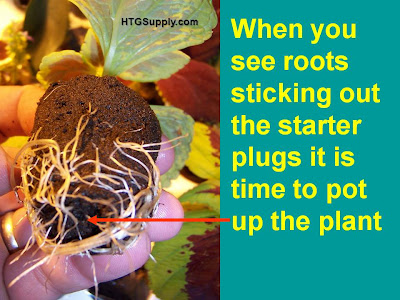Dr. Myers,
When is the right time to use Molasses in the growing cycle? How much should be used? I am using the Fox Farm nutrient package in soil-less mix. Do you add the Molasses to the regular nutrient feeding or add it to plain H2O that is
used in between feedings?
Hello and thanks for your question. I have not personally used molasses but there is a bit of information out there concerning molasses and/or sugar additives. Molasses is produced during the refining of white sugar from sorghum or from the juice of sugar cane. There is unsulfured molasses, but sulfur is a trace element so for plants I’d not use unsulfured molasses (Sulfur is not the most important thing so if you can only get unsulfured no biggie). Molasses is available in at least three colors/flavors light, dark and blackstrap. The degrees of color are a result of carmelation and how concentrated the molasses is. Light molasses is from the first boil of the cane, dark is a product of the second boil and blackstrap is a product of the third boil and before being sold as a plant supplement was mostly a waste product. This is the same story with
coco coir it used to be a cost for a company to dispose of but now it is sold as a product.
Maybe it is not so bad being green. If you find success in using molasses what a win-win; a former waste product that is sold to promote plant growth. If you are interested, I know blackstrap molasses does have another use, in brewing stouts and other dark beers.
Molasses if you break it down is a plant derived substance that contains potash, sulfur, and many trace minerals which can be limiting factors, it has a lot of carbohydrates (small carbohydrates are called sugars) which are an energy source for plants and/or soil microorganisms and in some studies the sugars act as a chelating agent, which means it will help plants to absorb nutrients that otherwise they could not.
There are studies that show the benefit of molasses is it provides sugar to the plant and/or soil microbes which will promote growth either way if nutrients are a limiting factor.
I want to stress as I have in the past that if you want to improve growth the first and most importing thing is increasing the amount of light ALL your plants get, not just a few directly under the light.
If the molasses provided a limiting nutrient you can apply it in any and all stages of plant growth at a tablespoon per gallon. But, read the limits of molasses below before you run to the store and buy up all the molasses.
Limits of molasses: I understand that many people think that adding molasses the last few weeks of flowering/fruit production will increase flowering, or that it might improve taste. Since the sugar will be metabolized (completely broken down) in the mitochondria of plant cells into CO2 and H2O and energy, it must be some trace mineral in molasses itself that alters flavor.
I found no scientific study that showed improved taste due to added sugar. I did read one scientific study that said adding various sugars had no affect on fruit flavor good or bad.
While there certainly are benefits to using molasses, if you add the molasses (sugar) you do need to watch for unwanted species of mold or other
pests growing in your
soil . You are creating an all you can eat buffet, and you may get undesirable microorganisms in your medium.
I have also heard people suggest you foliar feed plants to get the benefits “right in there” the truth is the stomata or pores in leaves are designed to convey gaseous CO2 and H2O molecules and I don’t know how the sugar would move around inside the plant if it entered via the leaves. Also, since the stomata are on the under side of plants most water nutrients will wash off the plants if not sprayed on the underside. On the other hand, the roots are an organ designed to take in nutrients that are dissolved or soluble in water. Whether molasses can get into the leave or not can be debated but you can not argue that if you foliar spray molasses you are creating an environment that many harmful organisms can thrive in
I would never recommend spraying sugars of any kind on leaves or flowers in any stage of growth.
I think there is a lot of truth in the school of thought that the sugars/carbohydrates in molasses actually feed the microbes in the soil, or hydroponic tank, and that this increase in microbe metabolism and its supply of available nutrients to the plant is what improves growth. Either way, it seems you can add molasses a table spoon per gallon at any stage of the growth cycle so long as you don't get harmful bacterial or fungus. I would be interested to hear if it makes a difference from any of the people that read this blog, maybe you could try using molasses on some plants and not others. The problem I read in many personal experiences with molasses on the web is that they used molasses on all plants and they were 'great', so therefore molasses is great?
Nope, you don’t know if it was the molasses, genetics or the light from
HTGSupply.com you are using that gave you the environment to be a good grower. A test with a control group is needed to prove it, you should use molasses in ½ the plants (that are all from the same
mother plant or F1 generation
hybrids at least) and compare them to the ½ you used molasses with.
That should answer the E-mail but in my next post I will continue discussing molasses in more detail, stay tuned!!
Good Growing
Dr. E.R. Myers































